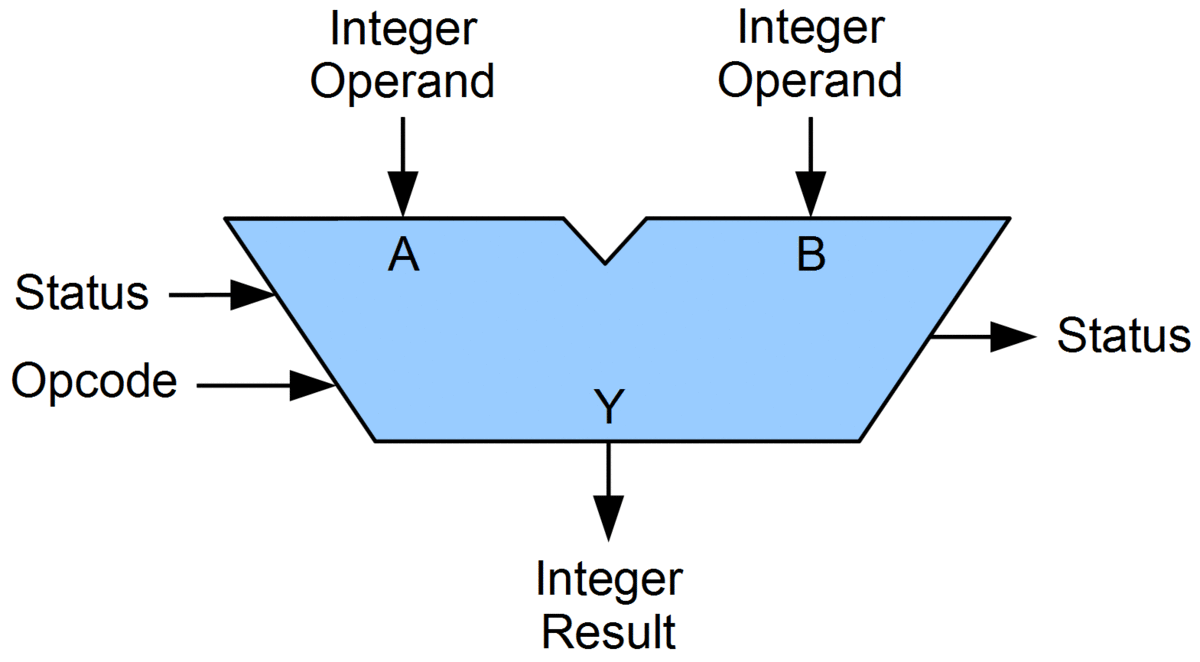- Mar 3, 2017
- 1,777
- 6,791
- 136
And yet it is , 14% better perf at same power in INT and 19% for FP for a 2S configuration...No they aren't, jfc.
Yes it is, lol.
At 25% more power (they're 225W Rome and 280W Milan sockets).And yet it is , 14% better perf at same power in INT and 19% for FP for a 2S configuration...
Simple ALU ops is what you'll be doing 99% of the time jfc.but ARM implemented 8 ALUs wich have limited functionalities, hence the number, while AMD use 4 versatile ALUs wich have as much functionalities as all 8 ALUs on the ARM design.
Not the issue, the thing just had negative PPW over Zen2 in silly nT loads.
At 25% more power (they're 225W Rome and 280W Milan sockets).
Simple ALU ops is what you'll be doing 99% of the time jfc.

what is this gibberish ?As pointed by AT they had to increase the I:O power to cope with the overhead, but cores themselves are more efficient, FPU being the most power hungry 19% better perf cant be achieved with that TDP uplift, it would require 55-60% more CPU power to achieve 19% better perf at same design.
ALUs are the real brains of the CPU, either they do INT related ops or are completing the FP ops, FP arithmetic computation being done of course in the FPU but the related datas manipulations are still done by the ALUs.
ARM use simples ALUs that have limited functionalities while AMD s Zen use complex ALUs that can perform more differents ops.

Arithmetic logic unit - Wikipedia
en.wikipedia.org
Very relevant, power targets matter.Which isn't relevant for server IPC.
Dawg it was a Daytona issue.As pointed by AT they had to increase the I:O power to cope with the overhead,
Very relevant, power targets matter.
what is this gibberish ?
like 6 int operations cover like 95% of integer code.
you know
add/subtract , load data , store data , compare , branch , multiply
All modern CPU's execute uop's, everyone's are as simple or as complex as each other, ARM even have some "complex" ones x64 doesnt like those double loads.
I'm totally confused , i found Zen2 -> Zen3 spec int rate nT numbers matching what @adroc_thurston said. He then said AMD actually have nT in there hotchips '24 presentation for zne4 and instead of someone trying to find that we all start doing dumb things that involve not reading properly?
The numbers they provide in the Zen 5 slide for previous gen are these ones, Zen 3 didnt impove IPC for MT by 19% according to AT MT SPECint/fp tests.
AnandTech Forums: Technology, Hardware, Software, and Deals
Seeking answers? Join the AnandTech community: where nearly half-a-million members share solutions and discuss the latest tech.www.anandtech.com
a) that's nT IPC (basically per-vCPU iso clk perf)
b) you're getting more!
7-10% (got 13%) and 8% (got 14%).
Late March or April.
For IPC too, lol.For clocks and performance, not IPC.
Right where it should be.March or April seems optimistic to me
Everything not Strix-Halo is H1'24.I don't think we are getting Zen 5 in H1 of 2024.
SPEC INT RATE nT FOR MILIAN!!!!! FFS JESUSI m aware that theres s 6 ops that are ubiquitous, but still, more ALUs seems necessary, otherwise BD s 2 ALUs wouldnt have been that much below Zen for IPC.
Beside i pointed that Zen 3 didnt have as much IPC uplift in MT than in ST, so you re just doing a false point here...
As you said things should be read properly otherwise answers do not make sense...
SPEC INT RATE nT FOR MILIAN!!!!! FFS JESUS
Can you corroborate this claim at all?For IPC too, lol.
Zen3 ISSCC presentation slide where AMD talks about their IPC/Cac ratio.Can you corroborate this claim at all?
He’s said 32% Specint 1T in the past, which seems dubious now.what is your rough IPC range for Zen 5 if it is more than 22%
Well it wasn't 1t but you only have to wait for so long!He’s said 32% Specint 1T in the past
OK, so how long until we get some real benchmarks, as in NDA expired, server or desktop, I don't care.Well it wasn't 1t but you only have to wait for so long!
What was it then? I may have phrased it wrong when I wrote 1T.Well it wasn't 1t but you only have to wait for so long!
Yeah.So a Zen 4 core and Zen 5 core locked at ~4ghz with the Zen 5 core being 32% faster.
Late March or April.OK, and that is when ????
Yeah.
Well the perf is pretty reliable (if hardly believable) numbers but I'll probably eat crow wrt Granite Ridge pricing.Hopefully you’re still here in March / April to either take a victory lap or eat crow.
Well the perf is pretty reliable (if hardly believable) numbers but I'll probably eat crow wrt Granite Ridge pricing.
Marketshare is irrelevant if you're forcing a price war against an IDM and tanking the margin.AMD needs to use the attractiveness of Zen 5 to try to gain market share (client and server).


